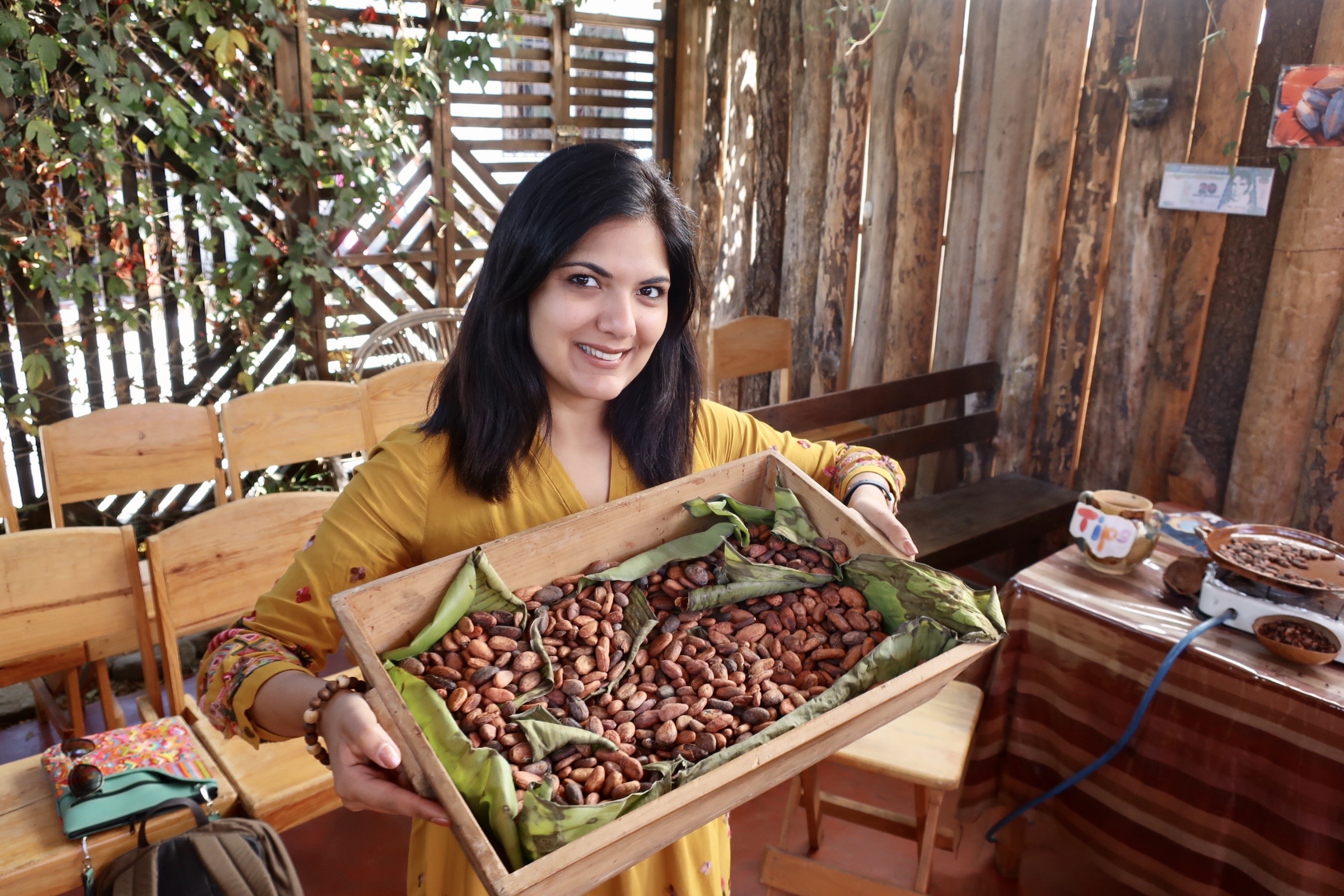
This idea of social responsibility is an important one, but its best practices can be sometimes hard to navigate. To help, I have applied the idea to my favorite beverage – coffee. Below are 5 easy ways to start socially responsible coffee habits today. Steps towards Socially Responsible Coffee Learn: What is Socially Responsible Coffee? […]
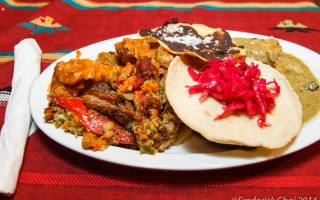
Last week, I experienced Guatemalan culture for the first time, through Go Eat Give’s Destination Guatemala. Before the event started at El Quetzal, a Guatemalan restaurant in Chamblee, GA, I got the chance to interact with a few people who had travelled to Guatemala, and were excited to take a nostalgic trip back to the […]
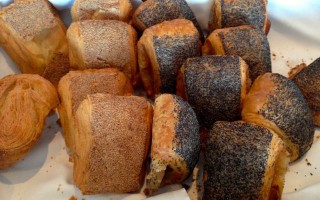
Research shows that 50% of travelers chose a destination based on the food. That may be true when you are planning a trip to countries that are globally renowned for their food – Italy, Spain, India, Mexico, Japan and many more. But Greenland may not make it to the list of foodies travels. It was […]
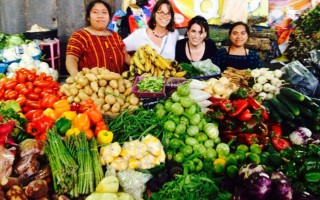
For the past 17 years I have traveled, worked, volunteered, explored, eaten, drank, & hiked my way through Guatemala completing over 80 trips to a place I adore & call my second home. Based in Atlanta, I travel to Guatemala four times a year to work directly with the Mayan Indians of the Highland region […]
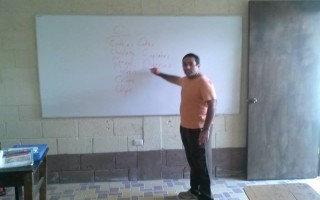
Traveling to Latin America, particularly if you already know Spanish, can be an unforgettable experience, especially if it is your first time there. Just imagine getting a study abroad opportunity, being able to teach English, soaking in the scenery, and that was my week in Quetzaltenango. After a 3 hour plane ride from Atlanta to […]
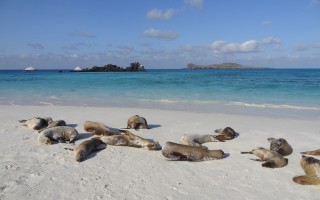
I was so impressed by the sea lions on the Galapagos Islands, that I decided to post a photo blog just about them. The first time I saw a sea lion in the wild was when we set out to board our Ecoventura cruise “The Letty” on San Cristobal island. All the passengers got very excited […]
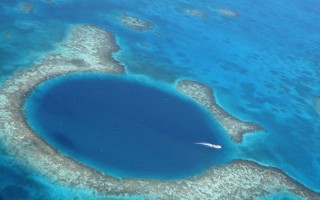
The Blue Hole located off the coast of Belize in Central America is the largest ocean sinkhole in the world, created by a collapsed underground cavern, hence giving the appearance of a dark blue circle amidst the turquoise sea. The Blue Hole measures 1,000 ft in diameter and 412 feet in depth. It is located approximately […]